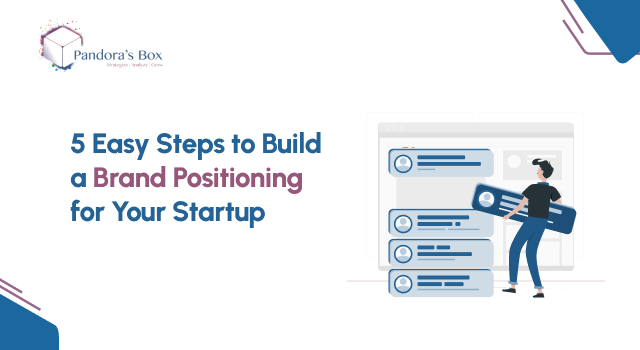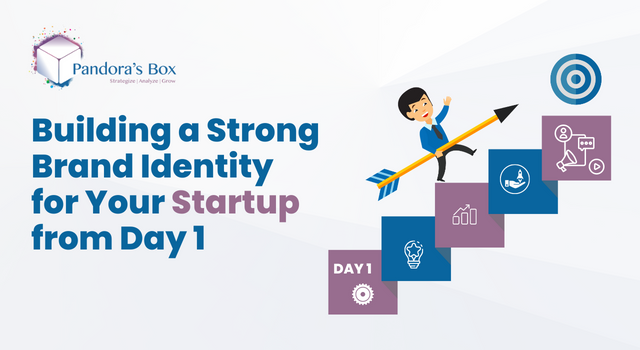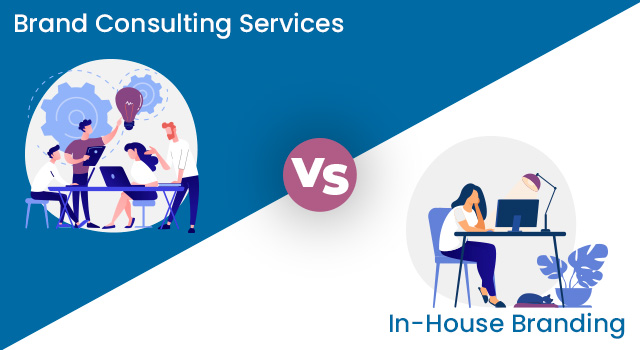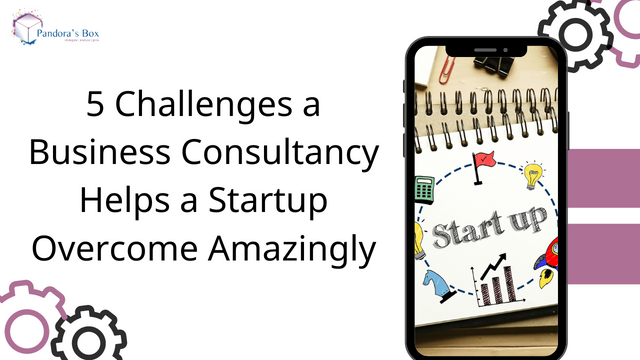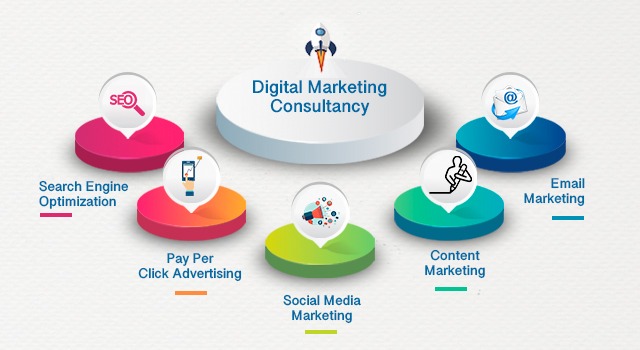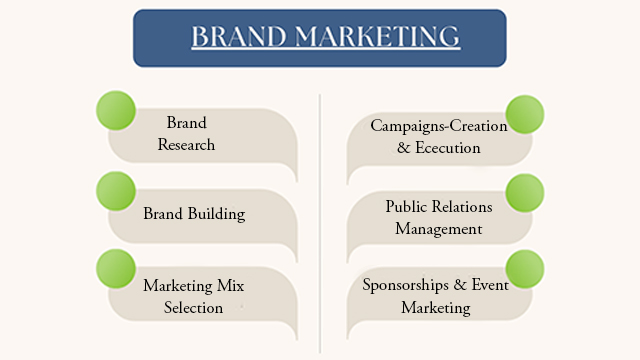“The top reason for failure of 42% startups is ‘No Market Need’.”
The insights you gain from market research are the base on which you build your business and brand.
You identify the gap you can fill with your offering (product), who will benefit from it (target segment), how much they value your offering (product-market fit), and how others are serving your customer persona (competitors).
Doing all this will help you build a 4Ps strategy and bring success in the long term, even with changing times.
MCC MRF conducted a workshop where I shared how entrepreneurs can perform Market Research for Startups.
Here’s how you can do it too –
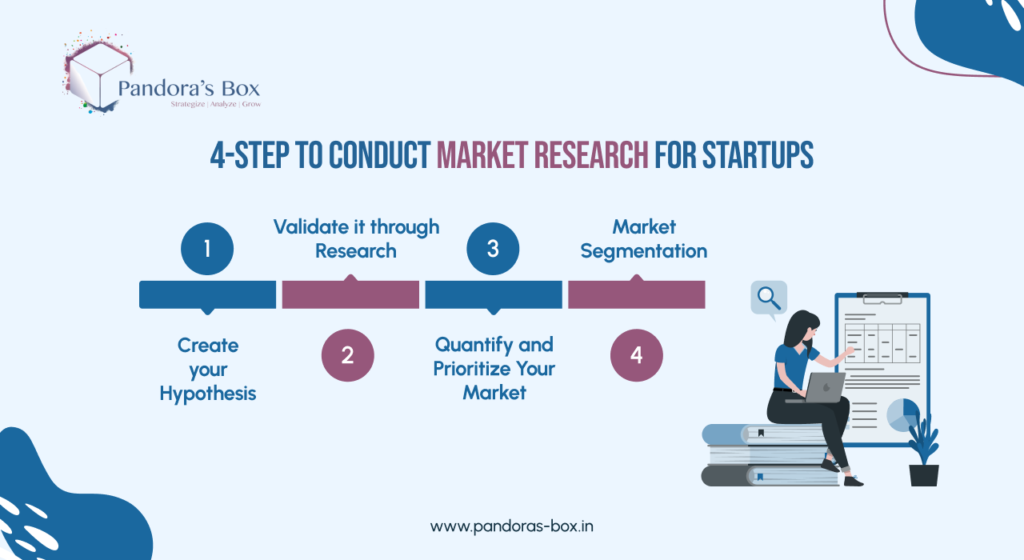
4 Steps to Conduct Market Research for Startups
- Create your Hypothesis
It’s the first and fundamental step for market research for startups.
Here, you write down all these details to build your hypothesis –
- What was the problem you faced?
- Who (target segment) faces similar issues? What methods do they use to solve it?
- What was the solution you found?
- How does your solution enable them? How is it better than their previous ones?
Before you step into the market to test your hypothesis, you can share it with your network and ask for their opinion.
You can use their inputs to optimize the initial hypothesis and prepare better for the steps ahead.
- Validate it through Research
Now’s the time to test your theory through two types of research:
Secondary – You go through competitor websites, industry reports, and market studies to find out –
- What are the conditions of your market? (trends)
- How are other players reacting to it? (competitor analysis)
- What are the shifts in society that could affect you?
(For example: how will a hospitality business be affected by situations like COVID-19)
Primary – Here, you will hold focus groups, surveys, and one-on-one interactions with the target segment to know –
- What do they look for in a solution (features)?
- How much do they value it (price)?
- What are their preferences, unmet needs, and buying patterns?
| A word of advice:First, you use secondary research to build a hypothesis/ observe a pattern and then validate it through primary research. |
At the end of this step of market research for startups, you want answers to these questions –
(I’ll explain this with an example for better understanding) –
- What’s your offering? – I offer my Yoga services.
- What’s your target market? – I’m in the Fitness category.
- Who’s your target audience? – People in the age range of 25-35.
- Who are your direct and indirect competitors? – Every Fitness brand – Yoga classes, Gyms, Sports centres, Physiotherapy clinics, and Apps.
| A point to note here is that even when you feel there’s no competition in the space you want to enter, the traditional alternatives will help you gain insight into the whole niche and fine-tune your value proposition. For example, Cult Fit was the pioneer of fitness through apps. It would’ve studied the traditional fitness centres around them to see what people want and get and how they can add more value to the niche. |
- What sets you apart from the others? – We customize yoga and diet routines as per your goals and health conditions.
3. Quantify and Prioritize Your Market
You have finished knowing your market.
The third step of market research for startups is to find a gap for you to target (your target market).
Here’s how you can do this
(I’ll continue with my Yoga example) –
- Total Addressable Market (TAM) – It’s the revenue you’ll get for a product if you have 100% market share in the category.
Here, the TAM will be of every brand in the Fitness category – Yoga classes, Gyms, Sports centres, Physiotherapy clinics, and Apps.
- Service Addressable Market (SAM) – It’s a portion of TAM that a brand can target and serve with its product or service.
Here, the SAM will be of people who prefer Yoga as a fitness activity.
- Service Obtainable Market (SOM) – It’s a portion of the SAM you can target within a specific time frame or limited resources.
The SOM will be the target segment that lives in Mumbai and prefers offline Yoga classes.
Now, you have a segment you can realistically target, along with an idea of the channels and messages to use to reach them.
You have found your SOM (the lowest-hanging fruit) that you can target and serve with your offering, and hence, position yourself and grow in the market.
It’s time for the last and most fundamental step in market research for startups.
You will observe and find the various sub-segments that your SOM contains and decide which customer persona you want to target and align with.
Here are 4 ways in which you can do market segmentation (and 4 things that help you build your buyer persona)
Here are 4 ways in which you do market segmentation:
(I’ll continue with my Yoga example here as well)
- Geography: What location do I want to serve?
My yoga brand wants to target people who live in Mumbai.
- Demographic: What’s the gender, age, education, or job role I want to target?
My brand will reach out to working professionals (men and women) in the 25-35 age range.
- Psychographic: What are their preferences, interests, values, and the lifestyle they lead?
I want to target people who need Yoga to stay fit as they lead busy and sedentary lifestyles.
- Behavioural: How do they research, make decisions, buy, and interact with a brand?
I want to target a segment that uses online channels for their research and prefers offline classes for Yoga.
Note: You will always use a combination of the 4 ways to segment in this step of market research for startups.
Once you have prepared your buyer persona, you can map out their journey to find touchpoints and channels in them and build your GTM strategy
—
Keep the Cycle Going
You don’t need market research in your initial business days (when you want to find your target market, segment, and product fit and build your brand).
It’s an ongoing process to know the changes in your market, learn more about them, and leverage them to boost your growth.
—
That’s all on how you can do market research for startups in 4 easy steps.
If you wish for an expert’s help in conducting market research for your startup, book a FREE 20-minute session with Mili Kataria.





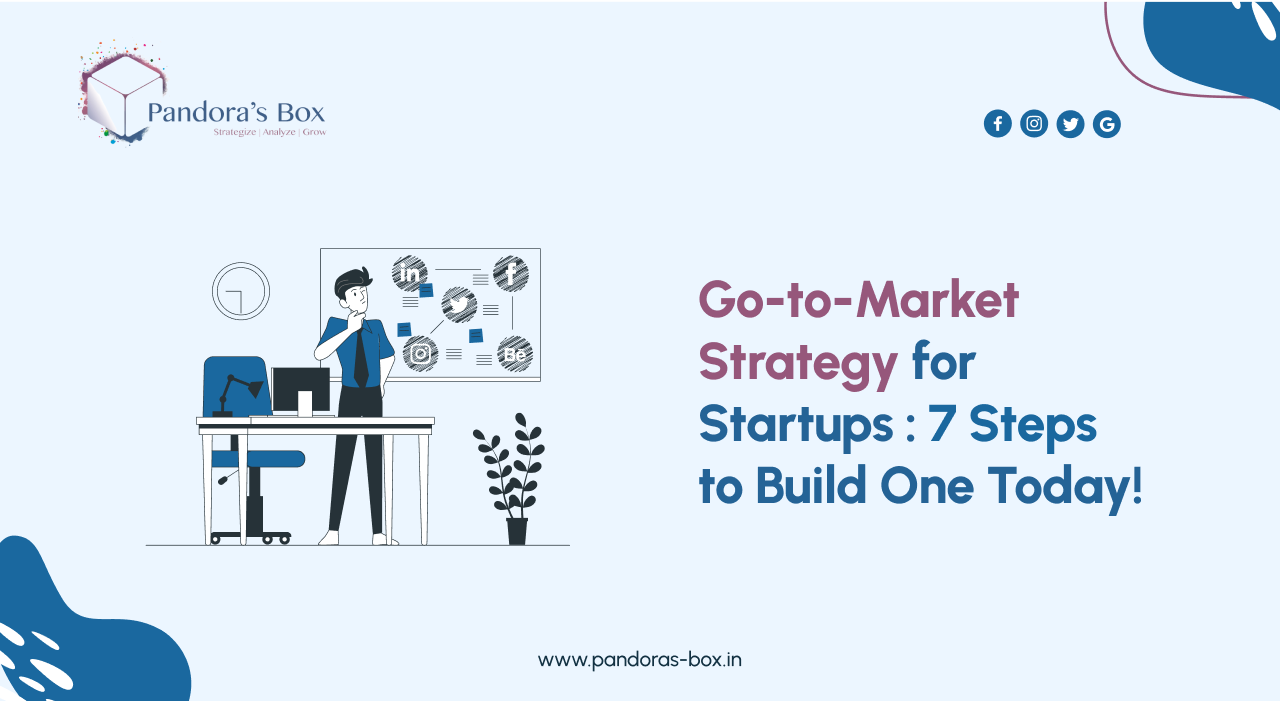

![4 Key steps to Effective Strategic Planning [Learn from Top Consulting Firm] 6 4 Key Steps to Effective Strategic Planning [Learn from Top Consulting Firm]](https://pandoras-box.in/wp-content/uploads/2023/08/4-Key-Steps-to-Effective-Strategic-Planning-Learn-from-Top-Consulting-Firm.jpeg)
